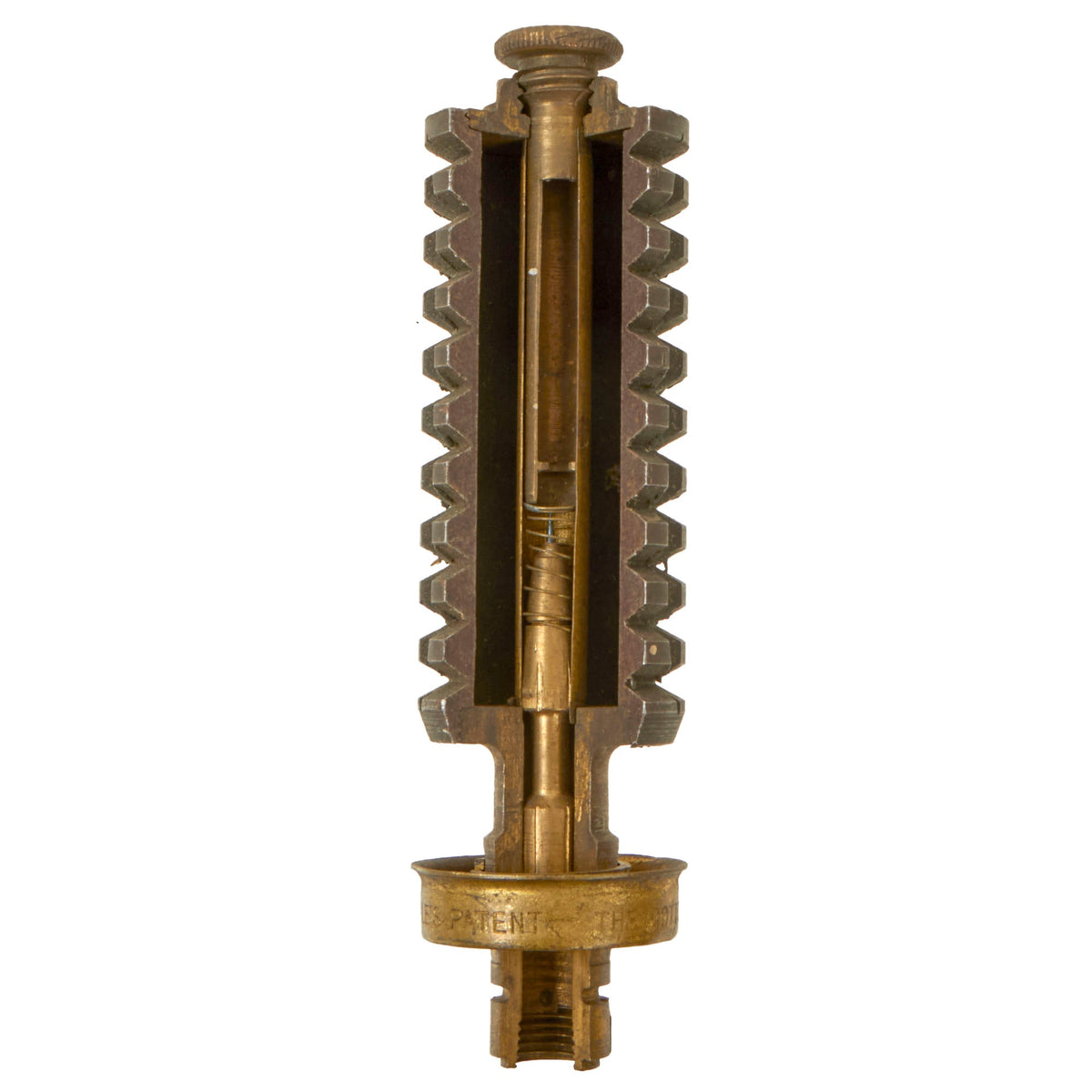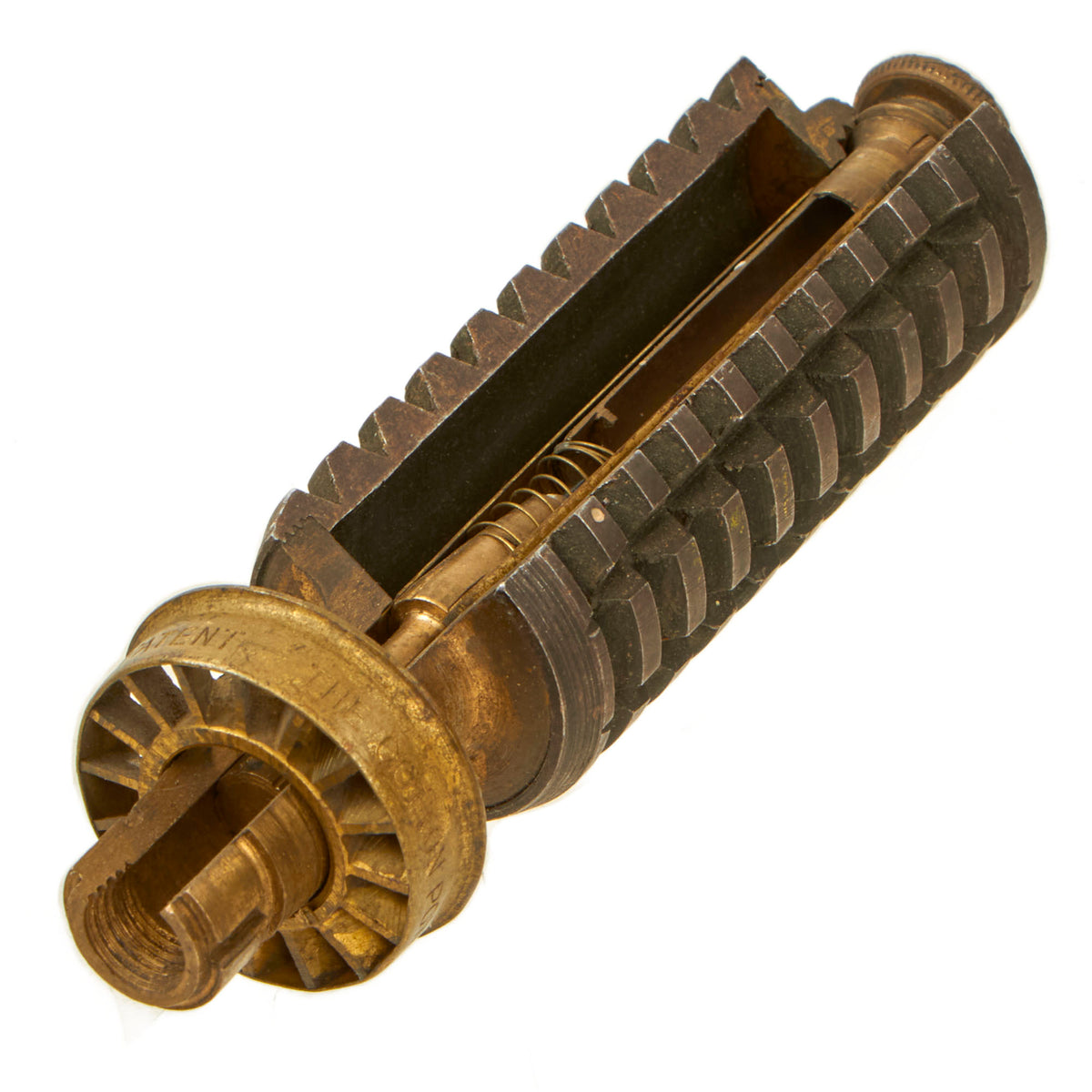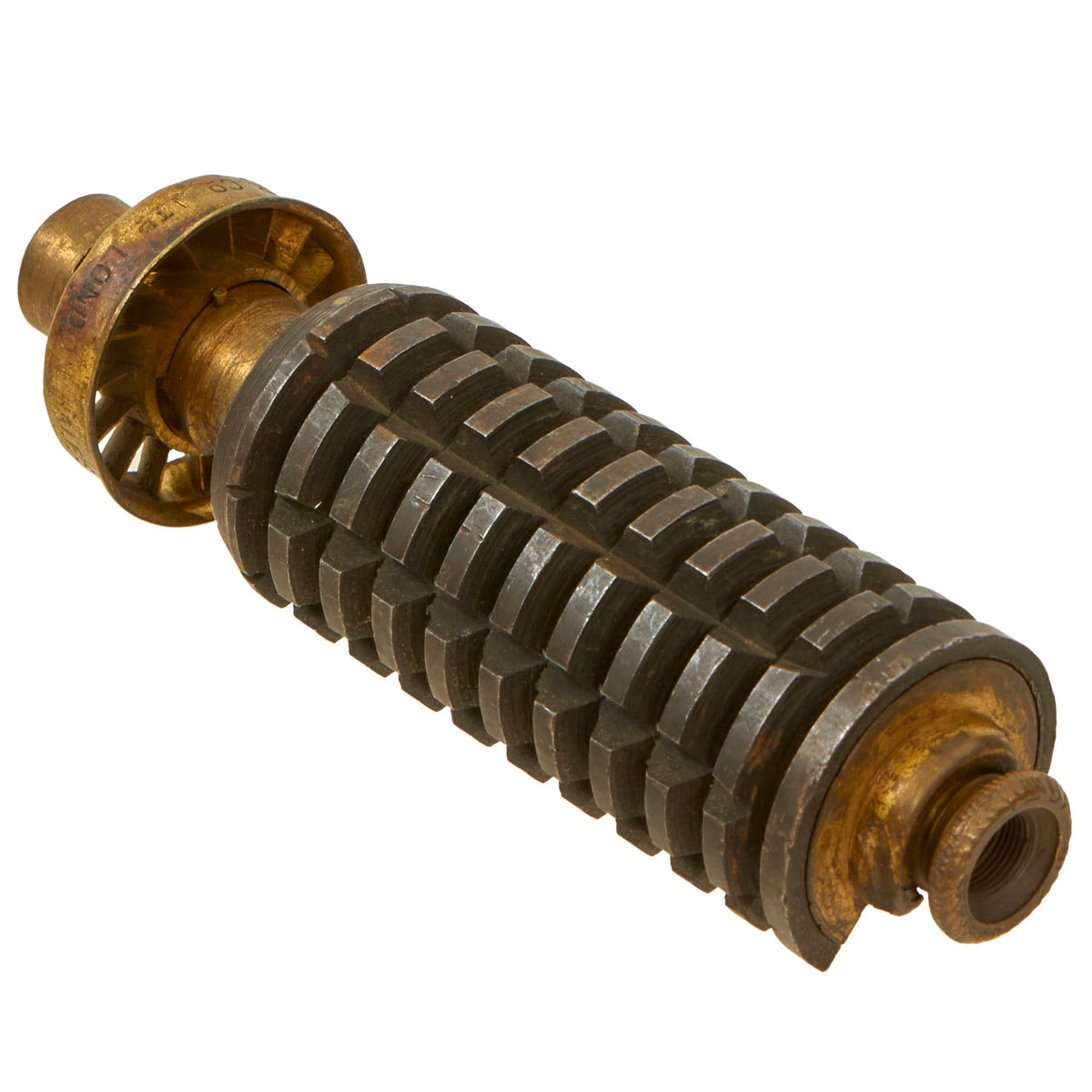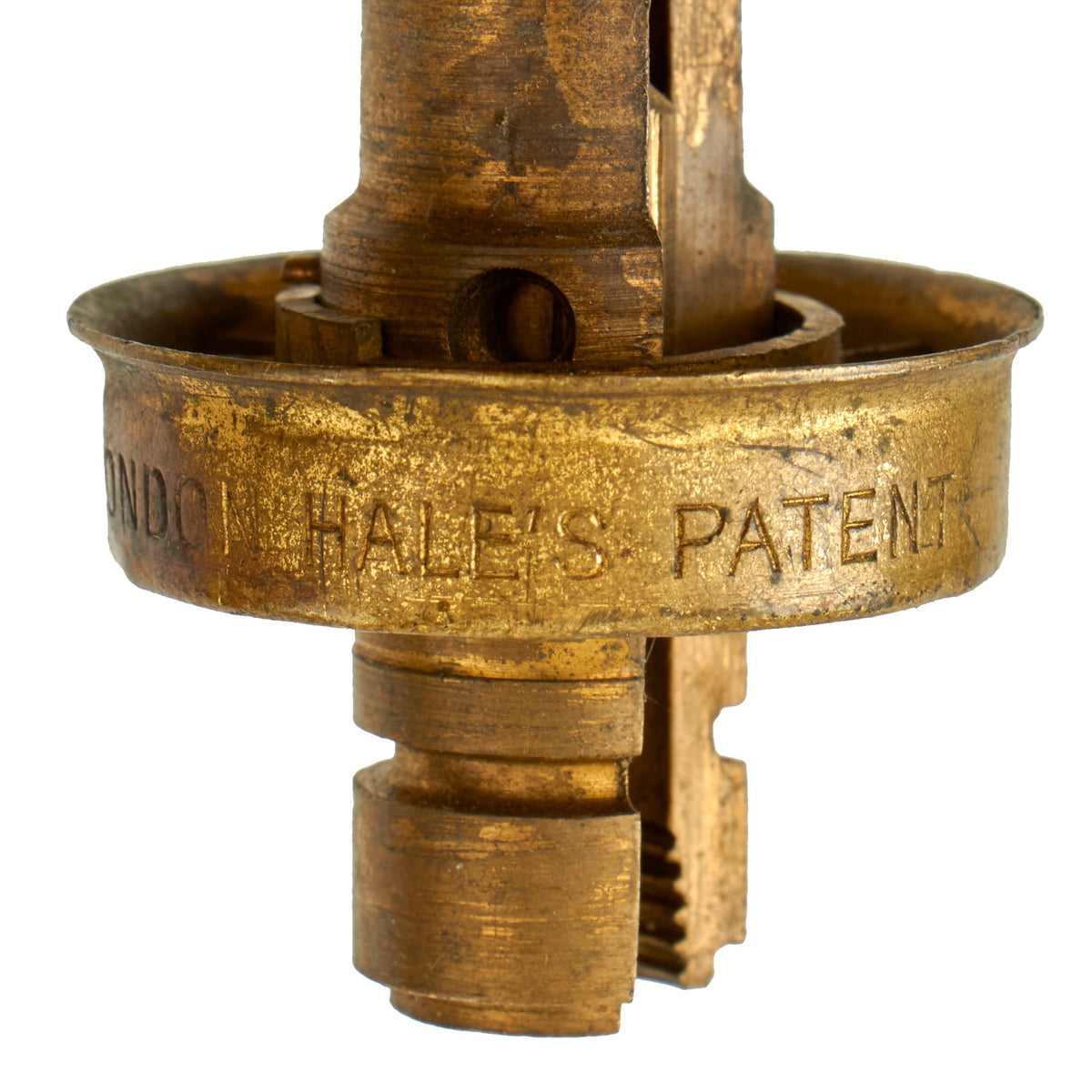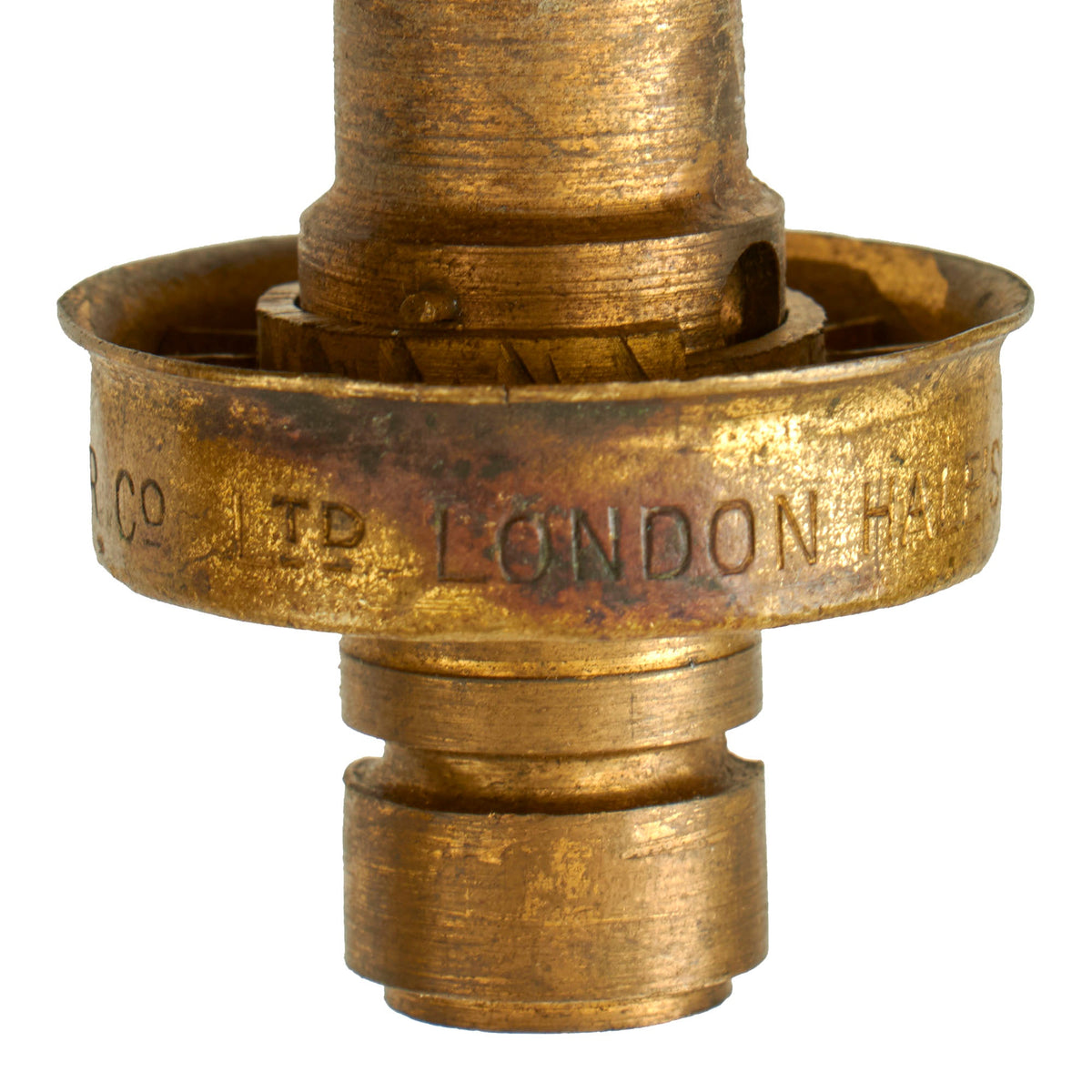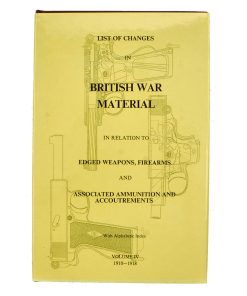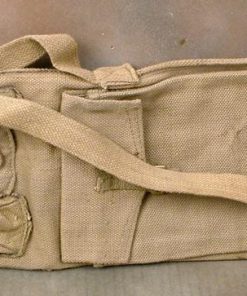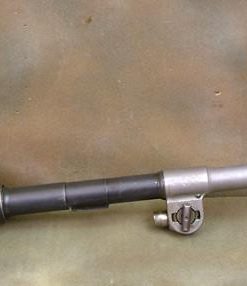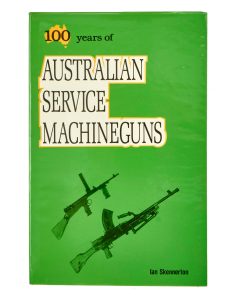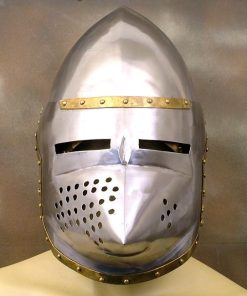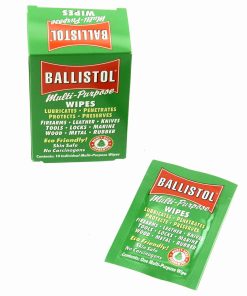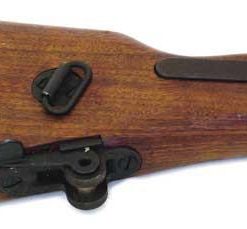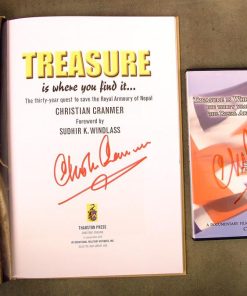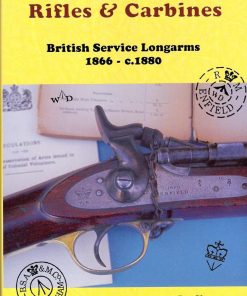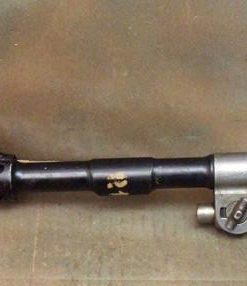Original British WWI No. 3 Hale’s Rifle Grenade Cutaway Original Items
$ 395,00 $ 118,50
Original Item. Only One Available. This is a seldom seen example of a British Marten Hale rifle grenade of which ¼th has been cutaway in order to display how the grenade functions. Cutaways of grenades were made in very small numbers for display purposes for army contracts. This is the first cutaway Hale grenade we have offered.
The grenade is in great shape with all interior parts still present for display. The top unscrews via the clearly visible threads and sits atop the spring on the interior. The brass ring around the bottom also unscrews and comes off, and reads “The Cotton Power Co Ltd. London Hale’s Patent”. When complete, this grenade would include a rod for affixing the grenade to the Short Magazine Lee Enfield Rifle. This is a phenomenal piece of WWI munition history that you won’t see many other examples of! Don’t miss it!
Hale’s No. 3 Rifle Grenade
In 1907, Frederick Marten Hale developed the rod grenade. “A simple rod was attached to a specialized grenade, inserted into the barrel of a standard service rifle and launched using a blank cartridge.” However, the British did not immediately adopt the idea and entered World War I without any rifle grenades. As soon as trench warfare started, however, there was a sudden need for rifle grenades. The British government purchased a rodded variant of the No. 2 grenade as a temporary solution.
By 1915 Hale had developed the No. 3, which is commonly known as the Hales rifle grenade. The Hales grenade was improved throughout World War I to make it more reliable and easier to manufacture. However, production of the grenade was slow. In order to speed rod grenades to the front, the British also made rodded versions of the Mills bomb.
Although a simple approach, launching a rod grenade “…placed an extreme amount of stress on the rifle barrel and the rifle itself, resulting in the need to dedicate specific rifles to the grenade launching role, as they quickly became useless as an accurate firearm. This led to the search for an alternative and resulted in the reappearance of the cup launcher during the latter years of World War I.” After World War I, the rod-type rifle grenade was declared obsolete and the remaining Hales were replaced with Mills bombs shot from a rifle via a cup launcher.
Fast Shipping with Professional Packaging
Thanks to our longstanding association with UPS FedEx DHL, and other major international carriers, we are able to provide a range of shipping options. Our warehouse staff is expertly trained and will wrap your products according to our exact and precise specifications. Prior to shipping, your goods will be thoroughly examined and securely secured. We ship to thousands clients each day across multiple countries. This shows how we're dedicated to be the largest retailer on the internet. Warehouses and distribution centres can be located throughout Europe as well as the USA.
Note: Orders with more than one item will be assigned a processing date depending on the item.
Before shipping before shipping, we'll conduct a thorough inspection of the items you have ordered. Today, the majority of orders will be delivered within 48 hours. The delivery time will be between 3-7 days.
Returns
The stock is dynamic and we cannot completely manage it because multiple stakeholders are involved, including our factory and warehouse. So the actual stock may alter at any time. It's possible that you may not receive your order once the order has been made.
Our policy is valid for a period of 30 days. If you don't receive the product within 30 days, we are not able to issue a refund or an exchange.
You can only return an item if it is unused and in the same state as the day you received it. You must have the item in its original packaging.
Related products
Uncategorized
Uncategorized
Book: Small Arms ID by Ian Skennerton: .303 Pattern 1914 Rifle & Sniping New Made Items
Uncategorized
Uncategorized
Uncategorized
Uncategorized
Uncategorized
Uncategorized
Uncategorized
Uncategorized
Book & DVD Combo: Treasure is Where You Find It: Signed Collector Editions New Made Items
Uncategorized
Uncategorized
Armored Burgonet Helmet & Polearm from Scottish Castle Leith Hall Circa 1700 Original Items
Uncategorized
Uncategorized
Uncategorized
